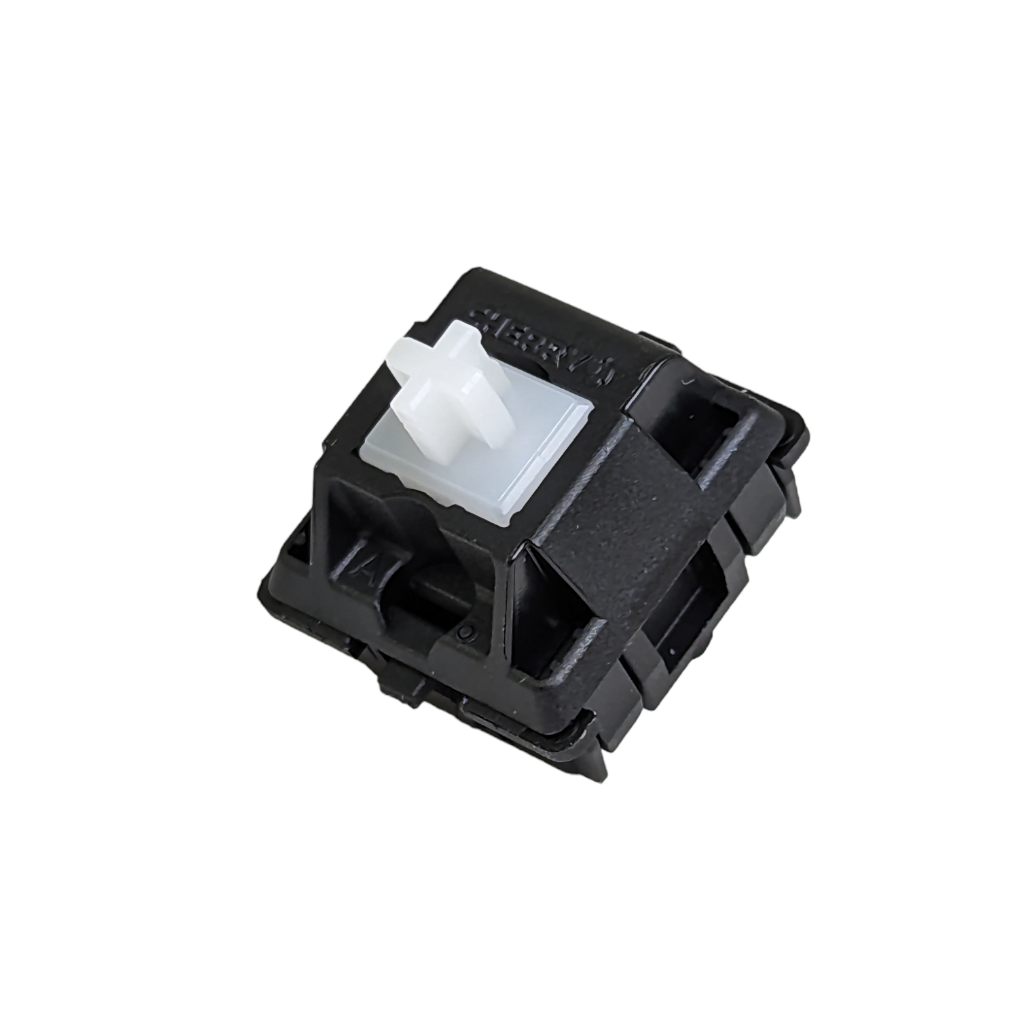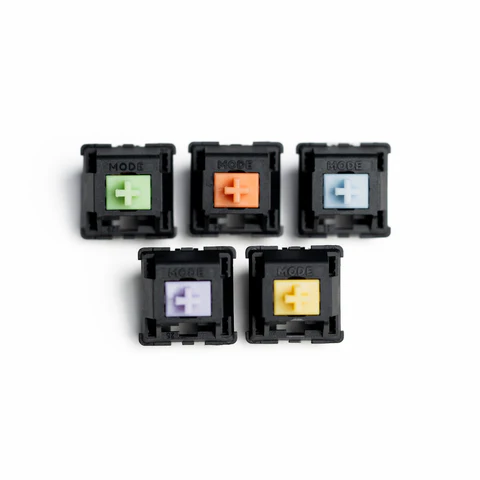Enhance your keyboard with tactile switches to enjoy a clear feedback bump.
Exploring the Benefits of Tactile Changes for Your Next Project
Tactile buttons, characterized by their noticeable feedback, are essential for enhancing customer interactions in innovation. As sectors progressively prioritize straightforward interfaces, the fostering of responsive switches throughout various industries-- from customer electronics to commercial equipment-- benefits factor to consider.

Comprehending Tactile Switches Over: Just How They Work and Their Types

These buttons are readily available in different types, consisting of dome, leaf, and pill. Dome switches over, which utilize a rubber dome to offer resistance, are popular for their durability and cost-effectiveness. Fallen leave switches, on the various other hand, include a flat, spring-like device that provides a sharper click. Pill buttons are understood for their compact dimension and are typically used in tools with area restraints. Each type offers distinctive tactical reactions customized to certain application needs and individual choices.
The Function of Tactile Responses in User Experience
Customer experience is significantly enhanced by tactile feedback, which serves as a vital bridge in between the tool and its customer. Responsive buttons, by their very nature, provide a physical reaction to individual actions, verifying inputs with an obvious feeling.
In the world of access, responsive comments plays a pivotal duty. Therefore, tactile feedback is basic in creating intuitive and efficient customer experiences (tactile switches).
Contrasting Tactile Changes With Other Kinds Of Switches
While responsive switches use definitive comments that assists in availability and customer confidence, it is vital to take a look at how they compare to other kinds of switches utilized in digital devices. Direct buttons, as an example, supply a smooth keystroke without the tactile bump, which can be more effective for jobs needing quick essential presses, such as video gaming. They lack the unique comments that assists prevent inputting mistakes noticeable in responsive switches.
On the other hand, clicky switches, comparable to responsive versions, offer audible comments. They create a louder click audio at the actuation factor which responsive buttons do not. This sound can be satisfying but may be disruptive in peaceful settings. Fairly, responsive buttons strike an equilibrium in between the quiet operation of linear switches and the noisy assurance of clicky switches, making them versatile for both noisy and quiet settings. This flexibility permits a broader variety of use situations without triggering disturbance.
Practical Applications of Tactile Changes in Different Projects
Numerous modern-day electronics incorporate tactile buttons due to their dependable responses and user-friendly user interface. Consumer electronic devices like keyboards, remote controls, and pc gaming controllers employ responsive buttons to enhance the customer experience by providing immediate responsive comments upon actuation.
Furthermore, responsive buttons are discovered in numerous industrial applications. They are utilized in making equipment panels and handheld analysis devices where operators benefit from clear functional feedback during equipment handling. Clinical devices likewise make use of tactile switches, adding to their safety and security and efficiency. These switches allow medical care specialists to operate gadgets quickly and with accuracy, crucial in emergency and surgical settings. Hence, responsive buttons prove important throughout a wide range of sectors, offering both performance and dependability.
Tips for Choosing and Integrating Tactile Switches in Your Designs
When selecting check tactile switches for various layout tasks, it is essential to consider several key factors to ensure optimum helpful site efficiency and assimilation. Initially, examine the force required for actuation and the switch's life span. Developers have to match these requirements with the application's needs to stop premature failure or customer discomfort - tactile switches. Next, consider the dimension and footprint of the switch. Compact layouts might require smaller buttons, which might influence the responsive responses and durability.
Furthermore, the ecological conditions where the device will run are critical. For tasks exposed to dampness or dust, selecting switches with higher IP scores to hold up against such aspects is suggested. Lastly, integration simplicity browse around here need to be evaluated. The button needs to be compatible with the existing circuit layout and mounting demands. Making use of switches with pre-soldered leads or those that use clear soldering standards can simplify the assembly procedure, ensuring a trusted and effective combination into the final product.
Verdict
